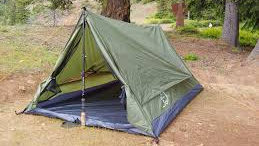
Steve
Joined Feb 2021
Discussions
Reply to: (Official discussion) Best gas-powered portable generators
Posted February 20, 2021
Reply to: (Official discussion) Best gas-powered portable generators
Posted February 15, 2021
Reply to: (Official discussion) Best gas-powered portable generators
Posted February 14, 2021
No activity yet.
Reply to: (Official discussion) Best gas-powered portable generators
Posted February 20, 2021
Reply to: (Official discussion) Best gas-powered portable generators
Posted February 15, 2021
Reply to: (Official discussion) Best gas-powered portable generators
Posted February 14, 2021